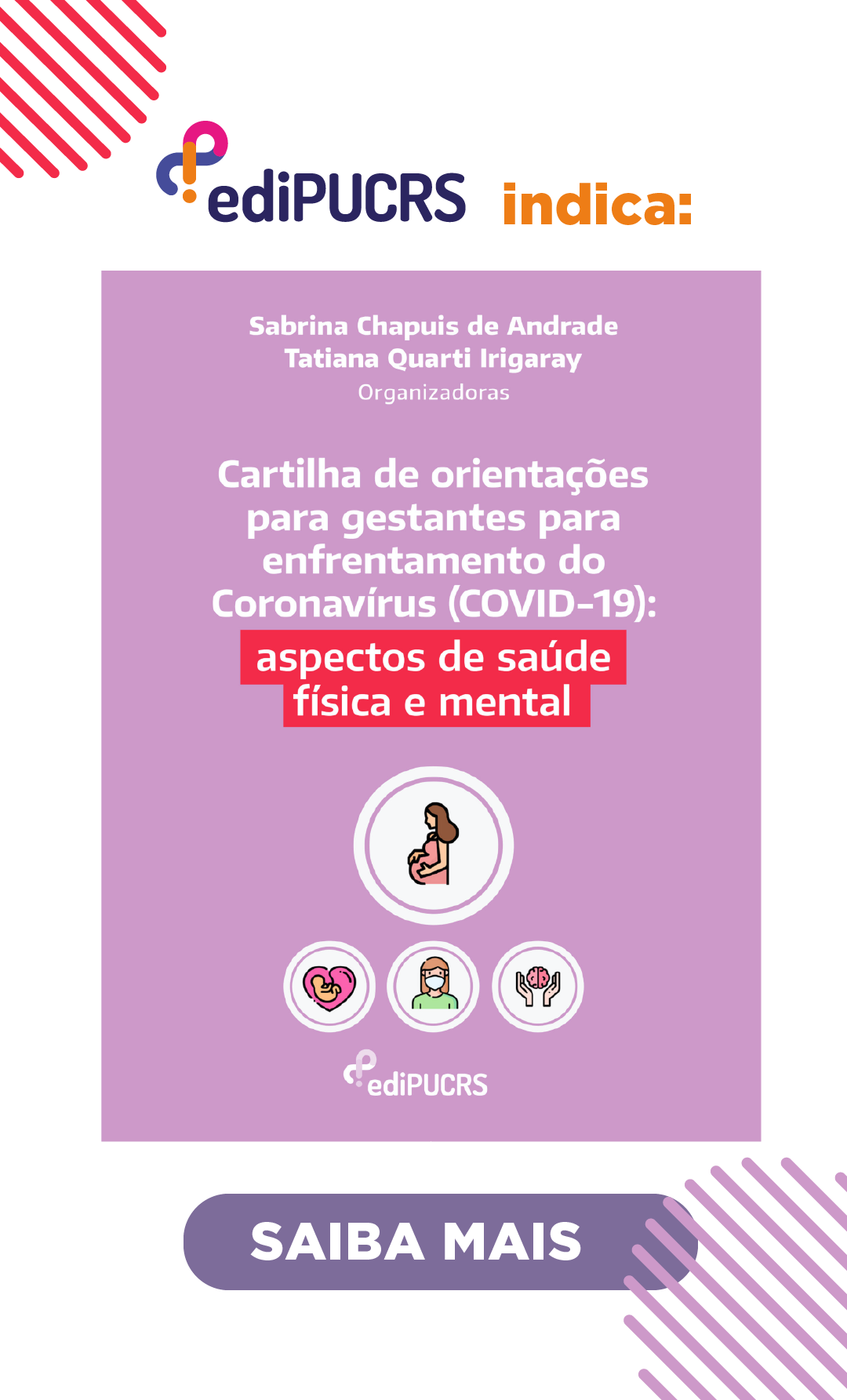Congenital toxoplasmosis in South American children
Keywords:
TOXOPLASMA GONDII / genetics, TOXOPLASMA GONDII / pathogenicity,Abstract
AIMS: To review the present knowledge about congenital toxoplasmosis in South America and to advance some hypothesis for future research. SOURCE OF DATA: Medline and Scielo database search for papers reporting clinical characteristics of cohorts of children in South America and comparative studies between South America and other continents SUMMARY OF FINDINGS: Systematic analysis of primary data obtained during screening programs showed that the risk of ocular lesions in congenital toxoplasmosis was much higher in the South American cohorts (47%; 18/38) than in Europe (14%, 79/550). The crude risk of intracranial lesions was much higher in the cohorts from South America (53%, 20/38) than those from Europe (9%, 49/550). In a Colombian cohort it was found 11% of mortality. Additionally, a comparative prospective cohort of congenitally infected children from Brazil and Europe found that in Brazilian children eye lesions were larger, more numerous and more likely to affect the area of the retina responsible for central vision that their counterpart in Europe. The presence of Toxoplasma strains genetically different to those found in North America and Europe could explain the higher severity of congenital toxoplasmosis in South America. CONCLUSIONS: Congenital toxoplasmosis in South America seems to be more frequent and infected children are more symptomatic than in Europe and in North America. Research for new drugs and candidate vaccines are a priority to improve indicators of health in children of South America.Downloads
Download data is not yet available.
Published
2010-04-16
How to Cite
Gómez-Marín, J. E. (2010). Congenital toxoplasmosis in South American children. Scientia Medica, 20(1), 103–107. Retrieved from https://pucrs.emnuvens.com.br/scientiamedica/article/view/5504
Issue
Section
Review Articles





